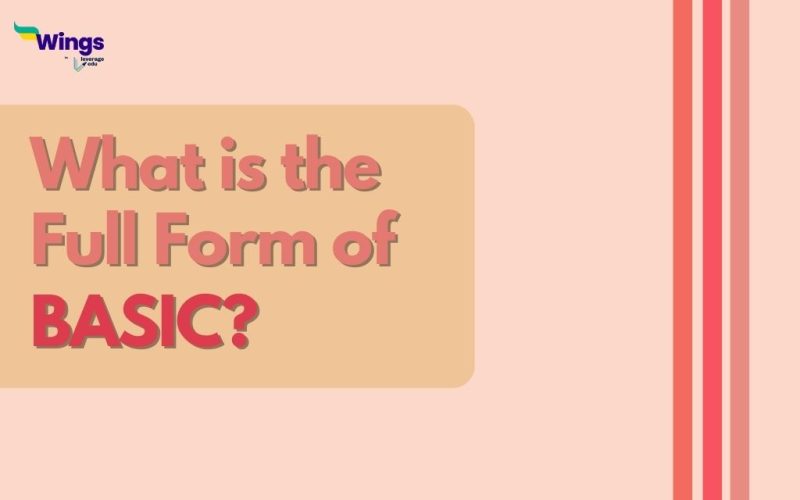When it comes to computer programming languages, acronyms abound. One such acronym that is commonly used by everyone is BASIC. But what does BASIC stand for? In this article, we will decode the full form of BASIC, providing you with a comprehensive understanding of its origins and significance.
Beginner’s All-purpose Symbolic Instruction Code
Table of Contents [show]
The full form of BASIC is a Beginner’s All-purpose Symbolic Instruction Code. It was developed in the mid-1960s at Dartmouth College by John G. Kemeny and Thomas E. Kurtz. The creators aimed to develop a programming language that even beginners could grasp, opening the doors of computer programming to a broader audience. The simple nature of BASIC allowed users to quickly write and run programs, making it an ideal starting point for individuals entering the world of coding.
Coding for Beginners: A Step-by-Step Guide
The Influence of BASIC
BASIC’s effect on the computing world ain’t an exaggeration but a fact. It became extremely popular in the 1970s and 1980s, especially with the rise of personal computers. It was the language of choice for early microcomputers, including the iconic Commodore 64 and Apple II. This widespread usage made BASIC accessible to millions of users worldwide and sparked a programming revolution.
Python Courses for Beginners: Overview
Moreover, BASIC played an important role in the development of several renowned programming languages. Visual Basic, for instance, was a later incarnation that incorporated a graphical user interface (GUI) into the language, allowing developers to create Windows applications easily. This evolution showcased BASIC’s adaptability and abiding relevance in an ever-changing technological world.
Usage of BASIC in Today’s World
Although newer programming languages have arisen in today’s world, BASIC has not faded into obscurity. Variants of BASIC are still in use today, with modern versions such as FreeBASIC and QB64 keeping the simplicity that made BASIC prevalent. Also, the influence of BASIC can be seen in programming concepts that have become essential, such as structured programming and control structures like loops and conditionals.
FAQs
What is the full form of BASIC?
The full form of BASIC is a Beginner’s All-purpose Symbolic Instruction Code. It is a programming language developed in the mid-1960s at Dartmouth College to make computer programming accessible to beginners.
Who developed BASIC?
BASIC was developed by John G. Kemeny and Thomas E. Kurtz at Dartmouth College. Their goal was to create a simple programming language that could be easily understood and used by non-specialists.
What was BASIC’s impact?
BASIC became widely popular in the 1970s and 1980s, particularly with the rise of personal computers. It was instrumental in introducing millions of users to programming and influenced the development of subsequent languages like Visual Basic.
You may also read
What is the Full Form of INTERNET?
We hope this blog has helped you understand the full form of BASIC and everything related to it. If you want to know more, find the 300+ full forms list on our blog. In the world of short forms, you can rely on the Leverage edu page to know about more full forms like this! Connect with us, study abroad experts, to achieve your international dream today!
 One app for all your study abroad needs
One app for all your study abroad needs















 45,000+ students trusted us with their dreams. Take the first step today!
45,000+ students trusted us with their dreams. Take the first step today!
